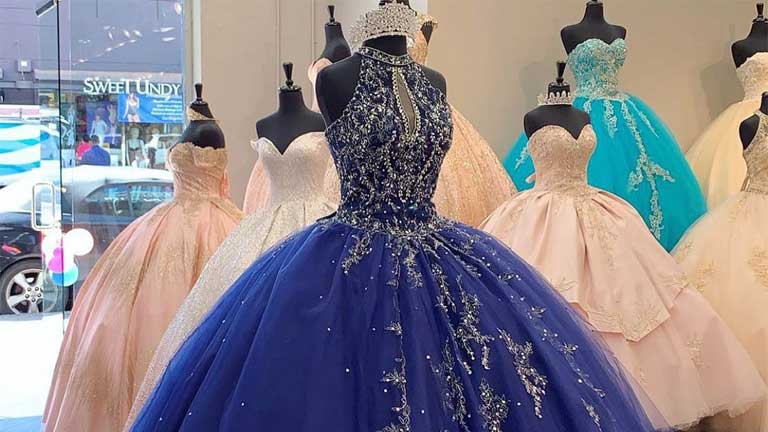
Step into the world of professionals and their uniforms! Have you ever wondered why doctors wear white coats or why plumbers often sport overalls? Dress codes play a vital role in shaping our perception of various professions, reflecting their values, expertise, and responsibilities.
From the traditional attire of lawyers to the functional gear worn by firefighters, this blog post delves deep into the significance behind different dress codes in various fields.
Join us on this fascinating journey as we explore how clothing not only defines these professionals but also influences public opinion and instills confidence in their abilities.
Impact on Professionalism
Different professions have different standards for what is considered professional dress. For some, like lawyers and doctors, formal wear is the norm. However, when doctors and nurses are in surgery, they need specialized uniform, which is often scrub tops and trousers.
For others, like teachers and many office workers, more casual attire is acceptable. But no matter what the profession, there are always certain items of clothing that are seen as unprofessional and inappropriate.
Most people would agree that flip-flops, tank tops, and shorts are not appropriate for work, no matter what the profession. These items of clothing are simply too casual and do not convey a sense of professionalism. In addition, certain professions have specific dress codes that must be followed. For example, many restaurants require their employees to wear all-black clothing.
While some may see dress codes as restrictive, they are actually important in helping people to understand what is expected of them in the workplace. Dress codes help to promote a sense of professionalism and can even boost productivity levels.
Types of Clothing Required in Different Job Positions
Different professions have different dress code requirements. For example, someone working in a bank will be expected to dress conservatively, while someone working in a creative field may be able to dress more creatively.
Here are some examples of different types of clothing required in different job positions:
Bank teller: business casual attire; no jeans, shorts, or sneakers
Nurse: scrubs; no open-toed shoes
Teacher: professional dress; no jeans or shorts
Construction worker: hard hat, safety goggles, work boots; no open-toed shoes or sandals
Lawyers: Lawyers are often required to wear black suits, white shirts, and ties.
Doctors: Doctors typically wear white coats, which are seen as a symbol of sterility and cleanliness.
As you can see, the type of clothing required for different job positions varies depending on the profession. It is important to dress appropriately for your profession in order to create a positive impression and to be taken seriously.
Of course, you’ll need to find out whether your job has a specific work code that you need to adhere to. This should be provided to you during your interview or after your application has been approved. However, if not, simply enquire about it.
The Pros and Cons of Dress Codes in the Workplace
There are a variety of dress codes in the workplace, from uniforms to business casual.
- Uniforms: The biggest pro of uniforms is that they promote a sense of unity and professionalism among employees. It can also be helpful in creating an atmosphere of safety or cleanliness (think: hospitals or restaurants). The downside is that uniforms can be uncomfortable or restrictive, and they may not allow employees to express their individuality.
- Business casual: This dress code is typically more relaxed than uniforms or formal wear, but it still requires employees to maintain a certain level of professionalism. The main benefit of business casual is that it allows employees to be comfortable while still looking presentable. However, some people may feel like they need to spend more on clothes to adhere to this dress code, and it can be difficult to strike the right balance between too casual and too formal.
- Formal wear: Formal wear is typically reserved for special occasions or high-level positions within a company. The biggest advantage of formal wear is that it conveys a sense of importance and respectability. However, it can also be seen as stuffy or oppressive, and it can be expensive to maintain a wardrobe of formal clothing.
Conclusion
Dress codes in different professions play an important role in creating a unified team that can represent their company with professionalism and pride. It creates an atmosphere of respect between colleagues, customers, and clients.
There are many advantages to having dress codes in various industries including improved customer service, better brand recognition, and increased safety.
By carefully considering the needs of each profession when designing a dress code policy, employers can ensure that their team looks uniform while also feeling comfortable and confident as they go about their work duties.




